- News
- Reviews
- Bikes
- Accessories
- Accessories - misc
- Computer mounts
- Bags
- Bar ends
- Bike bags & cases
- Bottle cages
- Bottles
- Cameras
- Car racks
- Child seats
- Computers
- Glasses
- GPS units
- Helmets
- Lights - front
- Lights - rear
- Lights - sets
- Locks
- Mirrors
- Mudguards
- Racks
- Pumps & CO2 inflators
- Puncture kits
- Reflectives
- Smart watches
- Stands and racks
- Trailers
- Clothing
- Components
- Bar tape & grips
- Bottom brackets
- Brake & gear cables
- Brake & STI levers
- Brake pads & spares
- Brakes
- Cassettes & freewheels
- Chains
- Chainsets & chainrings
- Derailleurs - front
- Derailleurs - rear
- Forks
- Gear levers & shifters
- Groupsets
- Handlebars & extensions
- Headsets
- Hubs
- Inner tubes
- Pedals
- Quick releases & skewers
- Saddles
- Seatposts
- Stems
- Wheels
- Tyres
- Health, fitness and nutrition
- Tools and workshop
- Miscellaneous
- Cross country mountain bikes
- Tubeless valves
- Buyers Guides
- Features
- Forum
- Recommends
- Podcast
TECH NEWS
Tour Tech 2016: IAM Cycling's Scott Foil and Addict race bikes
Although IAM Cycling’s future looks uncertain at the moment, let’s take this opportunity to have a closer look at the bikes they are racing.
Bike sponsorship comes courtesy of Scott and the team have the choice of the aero Foil or the all-round, and lighter weight Addict. The latter is the choice of Stef Clement, which is perhaps an unusual choice for a time trial specialist - he is a four-time Dutch national champion.
He can climb, though, as one the Mont Ventoux stage he finished (ahead of the Chris Froome drama) 4th behind stage winner Thomas de Gendt. He’s the road captain of the team, and despite clearly wanting to save energy for the time trial the following day, he found himself in a good position to potentially take the stage win. But it didn’t quite work out for him, as he explains.
“I had not planned to go in the break. I was interested in guarding some reserves for Friday’s time trial. But finally I was in the right place, and so I went for it. We worked well together. And on the climb, I rode at my own pace. Losing a mountain stage by so few seconds is actually really annoying. Personally, I paid for the efforts we made on Tuesday when we were working behind the break.”
So let’s have a look at this bike. It’s the latest generation Addict which was introduced back in 2013 after a few years absence from Scott’s range. The frame and fork are made from HMX Net SL carbon fibre and together weigh a claimed 995g.
As well as the weight savings, comfort has been considered and to this end, the frame takes a 27.2mm seatpost and the rear stays have been shaped to increase compliance over the old Addict, which was widely regarded as an uncompromisingly stiff ride.
Tour Tech 2016: Adam Yates’ Scott Addict
Scott has also brought some of its aero knowledge from the Foil to the Addict. The main tubes have a slightly truncated airfoil profile that is said to reduce drag at 45kph by 13.2% compared to the old bike. The aero revamping of regular all-round road bikes is something we’re seeing a lot more now, Cannondale and Canyon have done similar to their lightweight all-round road bikes.
The frame is dressed with a full Shimano Dura-Ace Di2 groupset with DT Swiss wheels, with a 55mm deep-section rear wheel, which is pretty standard, but a shallower 38mm front rim, which is slightly unusually, bit something we’ve seen a lot more in this year’s race.
Running a shallower front rim reduces the overall weight, good for the climbs, but it’s also good in windier conditions.
He uses the optional Di2 shifter pod attached to the aluminium Syncros handlebars. Syncros also supplies the stem, seatpost and saddle.
His bike is equipped with CeramicSpeed bottom bracket bearings and jockey wheels.
Here is Sondre Holst Enger’s bike, the Norwegian cyclist on the IAM Cycling team. He chooses the Foil for its aero benefits, and because he’s the sprinter on the team - he finished 6th on stage 3, but the young rider admits he has some way to go before realising his dream of winning a stage of the Tour de France.
“I still have some things to learn before I can compete to win a stage like this at the Tour de France,” he says.
“I am satisfied with my place in this sprint where you had to have the sheer power to pass your rivals. All the guys who finished ahead of me are definitely members of the sprint elite. I really have also to thank the hard work that the team did for me, and thank Reto Hollenstein for placing me so well.”
The bike, like most in the pro peloton, is equipped with a full Shimano Dura-Ace Di2 groupset with an SRM power meter.
Unlike most Shimano teams that also use the company’s PRO wheels, IAM Cycling is the only team to use DT wheels. It offers the team quite a wide range of choice, the main difference being the depth of the rim. Elmiger has a pair of 55mm deep RC55T Spline carbon tubular wheels with 25mm Continental Competition ProLtd tyres.
Sondre Holst Enger’s bike has the new aero stem and handlebar which are moulded from carbon fibre as one piece. The cables aren’t routed inside the handlebar like on the Specialized Venge, but route into the frame via the down tube. A key component of the stem is the triangular section at the back of the stem, designed to smooth airflow around that area of the stem.
Like many modern aero road bikes, the rear brake is positioned under the chainstays. The idea is to tuck it out of the airflow and reduce drag around the typical seatstay location.
David worked on the road.cc tech team from 2012-2020. Previously he was editor of Bikemagic.com and before that staff writer at RCUK. He's a seasoned cyclist of all disciplines, from road to mountain biking, touring to cyclo-cross, he only wishes he had time to ride them all. He's mildly competitive, though he'll never admit it, and is a frequent road racer but is too lazy to do really well. He currently resides in the Cotswolds, and you can now find him over on his own YouTube channel David Arthur - Just Ride Bikes.












































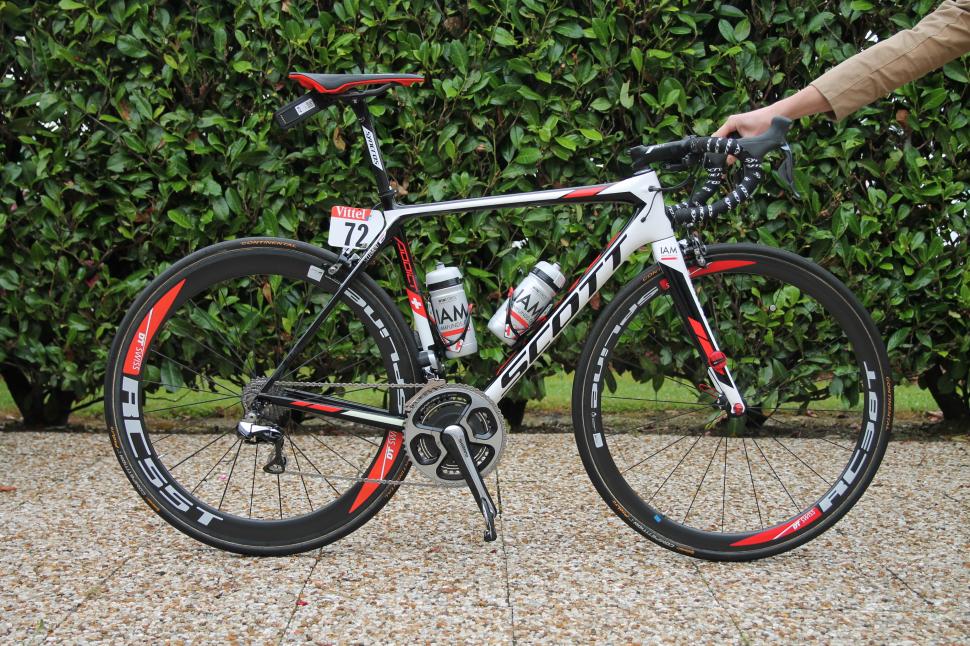
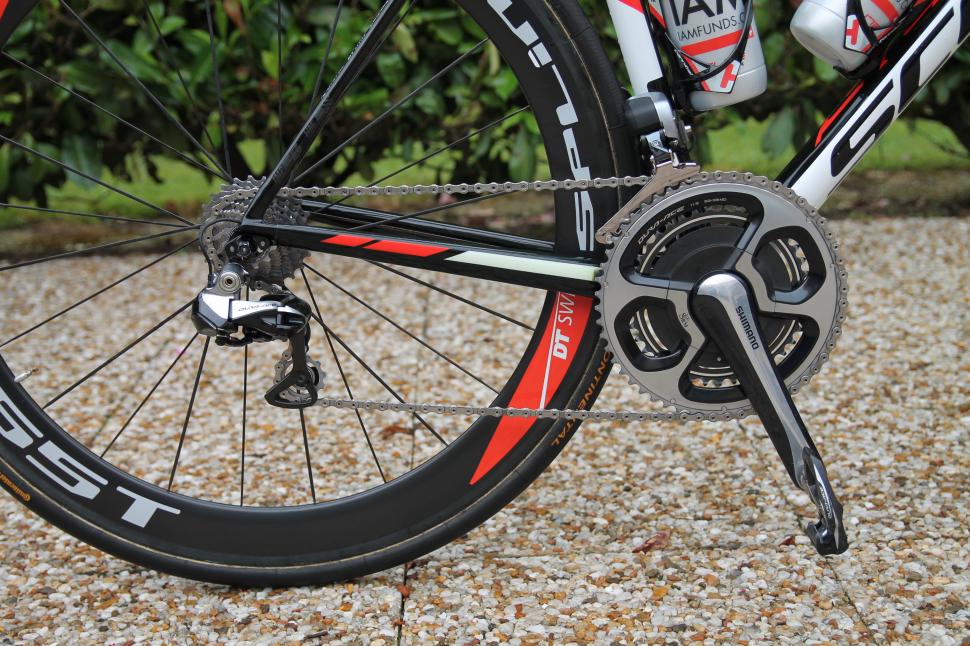



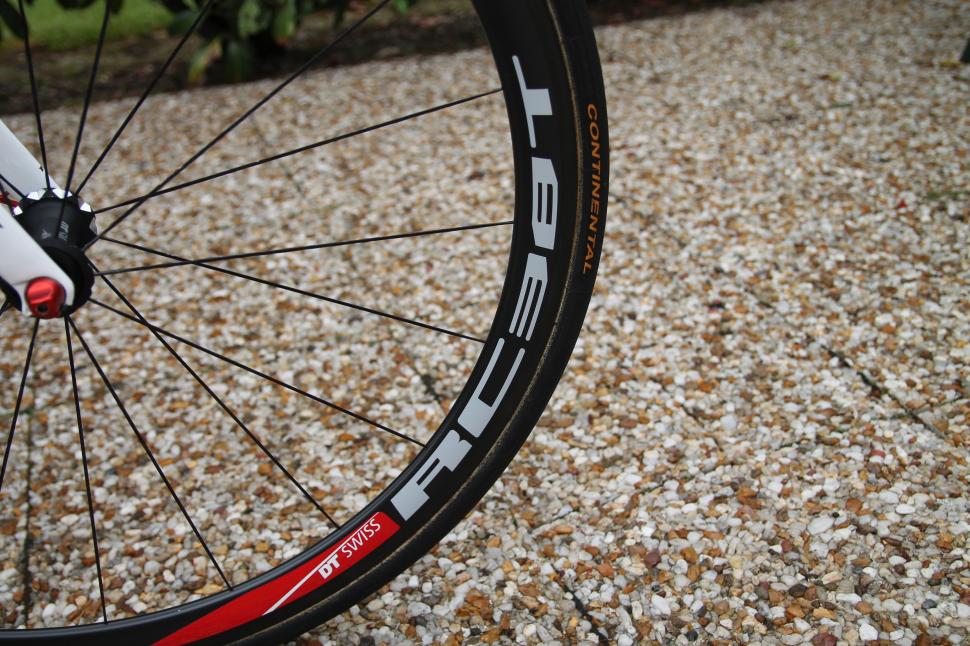
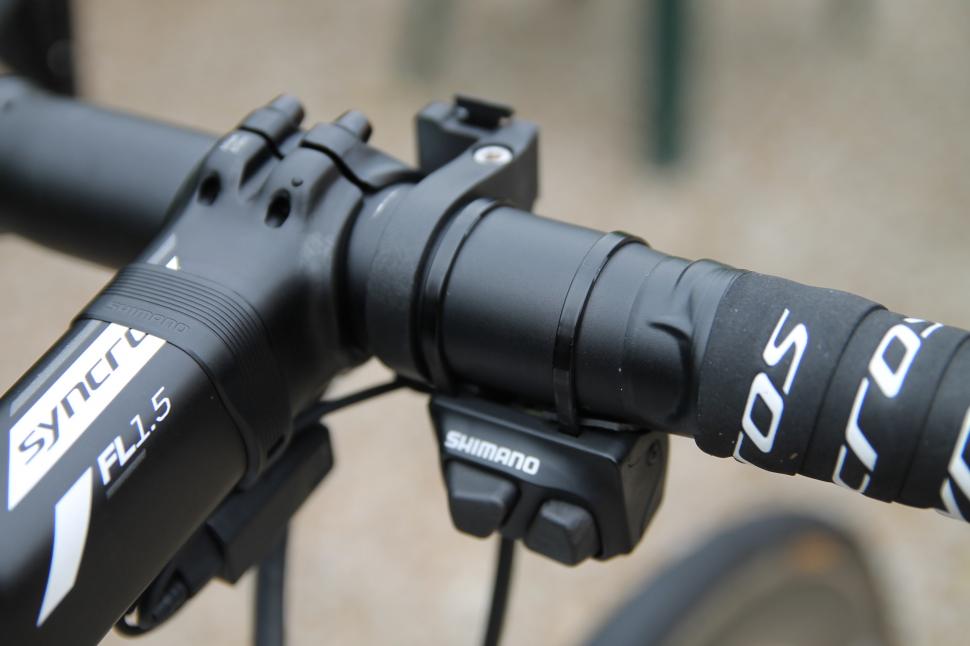


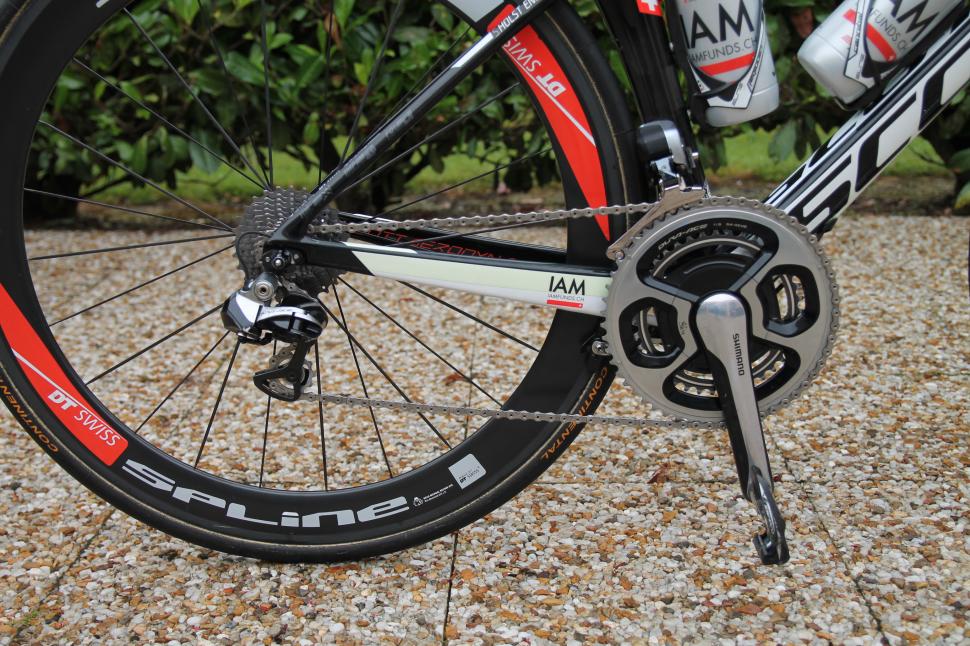


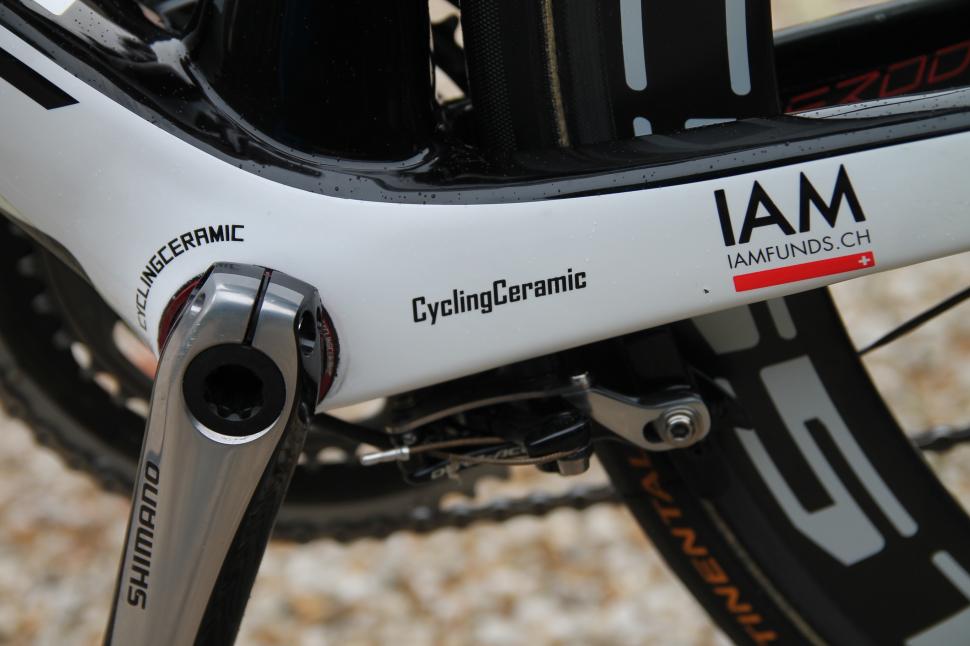
I had three different cyclocross bikes before the marketing departments at various bicycle companies came up with the "gravel" category. All of...
Maybe the UK could try to reach some sort of agreement with the EU over things like international trade and such.
Cumbria County Council was a 1974 creation, merging the of old County Borough of Carlisle, and counties of Cumberland, and Westmorland - in which...
If BC want to insist on barriers then they should have their own stock loaded on a truck that they can rent out to organisers at reasonable cost,...
Well, there's lifetime bans and there's lifetime bans. Banning an 88 year old don't impress me much.
I think that is why blind eyes have been turned in the UK, internationally aswell, with things like the Redhook crits, there were many licensed...
Ahem - other esporters(?) might be rather surprised to hear that the UCI has taken over their events - I think that would be the Cycling Esports...
I wonder how he got to the game?
You'd need some good wet weather gear for that ride too.
It seems to me that the most likely explanation is that whoever provided that quote fails to grasp the difference between a "public right of way"...